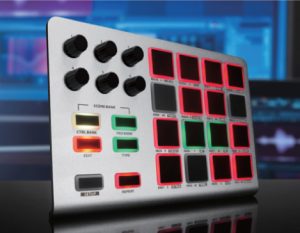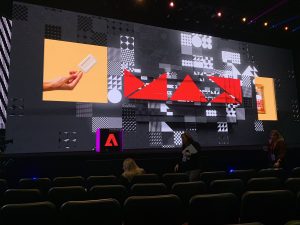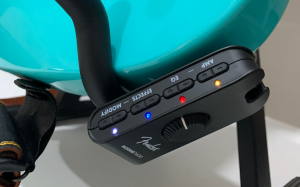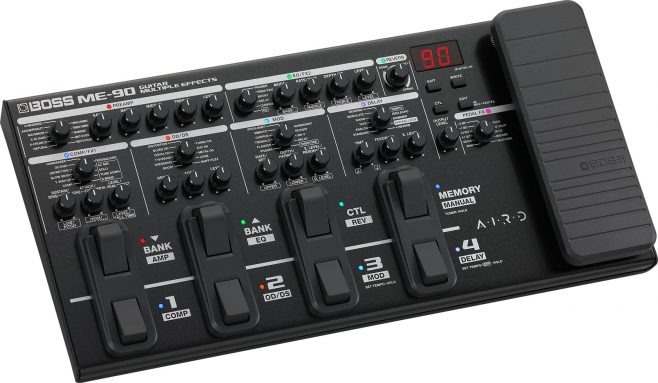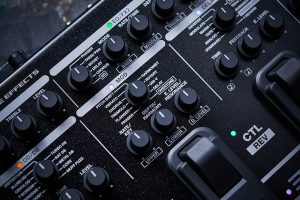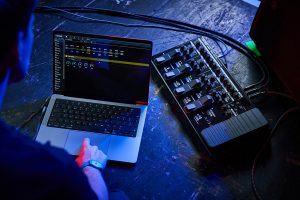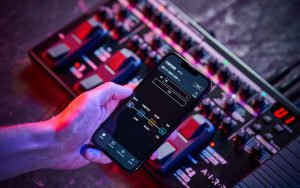$499 CAD/$349 USD
Rating: ★★★★★ (5/5)
Introduction:
The Boss ME-90 and its predecessor, the ME-80, represent two milestones in the world of guitar multi-effects pedals. Boss has a history of producing top-quality gear, and the ME-90 builds upon the foundation set by the ME-80. Analyzing the differences between these two pedals sheds light on the evolution of guitar pedal technology and the strides made by Boss in enhancing the user experience.
Design and Build Quality:
The Boss ME-90 retains the robust and durable construction that Boss is renowned for, as seen in the ME-80. Both pedals are housed in rugged metal chassis, engineered to withstand the rigors of touring and regular use. The pedal layout on the ME-90 is improved, with larger footswitches and better spacing, allowing for more comfortable access to effects during live performances. Additionally, the addition of a bright, backlit LCD screen on the ME-90 further enhances user-friendliness by providing clear visual feedback on parameter settings.
Sound Quality and Effects:
Both the ME-90 and ME-80 offer a wide range of high-quality effects, ensuring versatility for players across various genres. However, the ME-90 introduces some notable improvements. A major improvement was giving up the COSM (Composite Object Sound Modeling) technology from Boss in favor of the same AIRD (Augmented Impulse Response Dynamics) tech found on its flagship GT-1000 model, resulting in even more realistic and expressive tones. The ME-90 offers an expanded selection of effects, including updated modulation effects and an enhanced reverb section, granting guitarists access to an even broader sonic palette. With improved algorithms, the ME-90 delivers pristine sound quality, capturing the natural essence of the guitar’s tone while applying effects.
User Interface and Preset Management:
The user interface of the Boss ME-90 has been refined to offer a more intuitive experience compared to the ME-80. The pedal’s LCD screen, color-coded knobs, and dedicated buttons ensure seamless navigation through various effects and settings. The ME-90’s onboard expression pedal is also more versatile, allowing users to control multiple parameters simultaneously for added creativity during performances. Moreover, the ME-90 boasts an expanded preset storage capacity, accommodating up to 36 user patches, and allows seamless integration with Boss Tone Studio software for easy preset editing and management.
Performance and Reliability:
Both the ME-90 and ME-80 are designed to meet the demands of live performances and studio recording. However, the ME-90 stands out with its superior sound processing technology, which ensures ultra-low latency and flawless performance even under the most demanding circumstances. The ME-90’s enhanced footswitch design provides precise control over effects switching, promoting a seamless playing experience during gigs and rehearsals.
Conclusion:
In conclusion, the Boss ME-90 represents a significant leap forward from the already impressive ME-80. Boss has refined the design, improved the user interface, and incorporated the latest technology to deliver exceptional sound quality and performance. With a wider selection of high-quality effects, enhanced preset management, and seamless integration with Boss Tone Studio, the ME-90 is undoubtedly a worthy upgrade for guitarists seeking cutting-edge multi-effects capabilities. Whether you’re a professional musician or a hobbyist, the Boss ME-90 is a testament to the continuous innovation in guitar pedal technology and an excellent addition to any guitarist’s rig.


